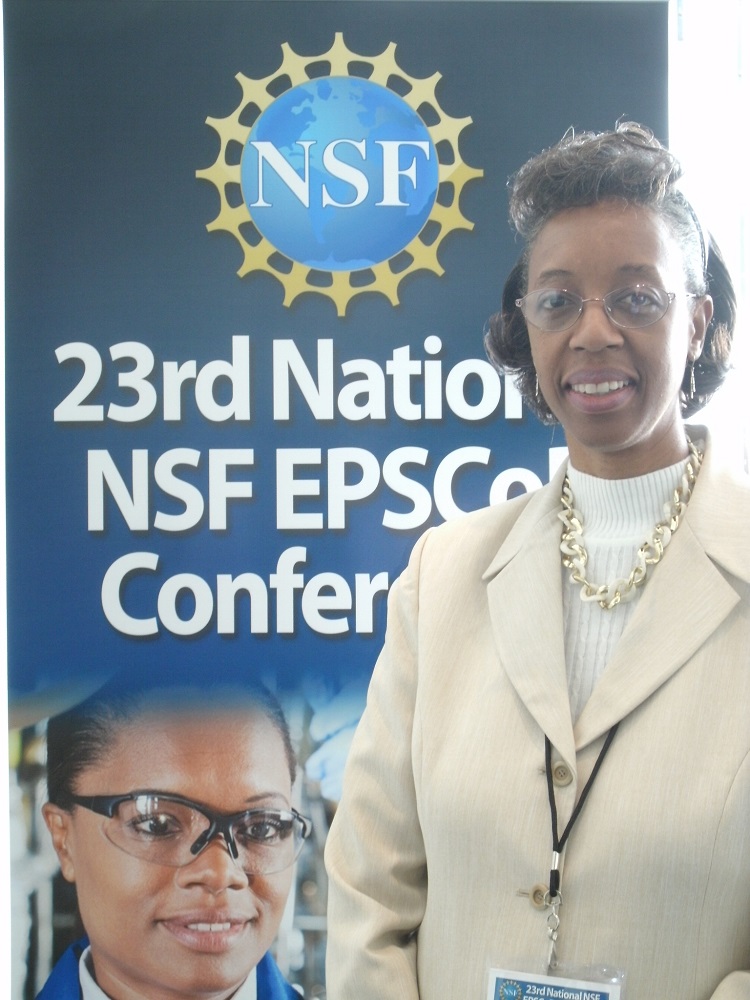
Lesley-Ann Dupigny-Giroux, professor of climatology at the University of Vermont and the Vermont state climatologist, will present "Communicating Science: Making it Relevant to Your Audience" at 3:30 p.m., Sept. 18 in the Hardin Hall auditorium (room 107).
The nexus between the complex, yet seemingly accessible nature of the content versus the varying preparedness of the audience in question is one of the ongoing dilemmas in communicating about science in general and, more specifically, in communicating about climate. As the Vermont state climatologist and as a professor, Dupigny-Giroux has interacted with all citizens from kindergarten-age to retirees in both formal and informal settings. She has worked closely with state agencies and federal partners on research topics of critical need to the state. This use-inspired, applied work has allowed her to identify best practices in communicating science. This presentation will explore her contributions, challenges and lessons learned in this arena.
Dupigny-Giroux obtained her M.Sc. and Ph.D. degrees in climatology from McGill University in Montreal. Her work takes her across Vermont to assist colleagues in state agencies to help plan for and adapt to climate change. She is an expert in floods, droughts and severe weather and the ways in which these affect Vermont's landscape and people. She also works extensively with K-12 teachers and students, bringing the use of satellites and understanding climate to all levels of the pre-university curriculum.
She is the lead editor of historical climate variability and impacts in North America, which is the first monograph dealing with the use of documentary and other ancillary records for analyzing climate variability and change. Nationally, she serves on the NOAA Science Advisory Board Climate Working Group helping to guide climate research across the U.S. She is also a contributing author to "Climate Change in the Northeast: A Sourcebook."
More details at: http://go.unl.edu/bavj